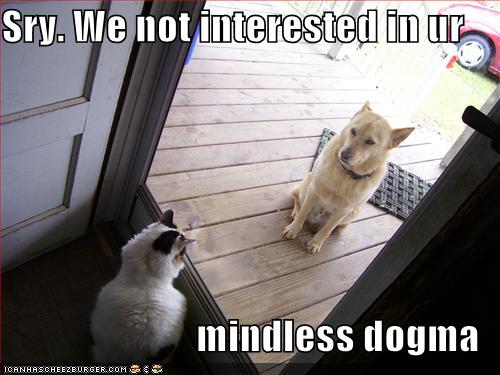I was speaking with a colleague today who complained that although he understands his customer’s needs – does surveys of every aspect of their decisions (how, when, what) so he ‘knows’ how and what they buy – and creates marketing materials positioned to address those needs and segments, the buyers still didn’t behave in a way he believes they should.
Sound familiar? You know who your buyers are. You’ve done assessments and surveys so you ‘know’ how they buy. You’ve developed marketing materials, pitches, websites, white papers, and they should be more successful. What’s going on?
Let’s look at the assumptions here, and see why they are faulty. 1. when you ask questions to gather data so YOU can understand, you are asking biased questions based on what you think is important data that will be useful in creating a selling strategy.Buyers:
- may/may not know how to answer your question,
- may not want to answer your question,
- may give you a partial answer and leave out the nuances,
- may be leaving out large aspects that they decide from unconsciously,
- may be offering the wrong data (inadvertently)
- may not relate with the material you are sending them.
Not to mention that a large, significant number are not responding at all.
2. when you have ‘data’ about another’s decision making, you assume it follows that what you are presenting is offered in the way they are ready, willing, and able to buy. It’s not working, because every purchase is a change management situation. Bring in software? How will you manage the techies, the old systems, the users? Team building? How will the people choose to work with others in the nearby department? How will folks at ‘war’ with each other choose to attend?
Until buyers are ready to do something different – i.e. change – they won’t respond to your offering even if it’s the right offering for them. That’s why you lose 90% of your prospects.
Change happens only when people’s (unconscious) criteria are met and the system they live in is willing to be disrupted. Have you tried to change your diet or cease an addictive behavior? You know there is a problem. You know what the solutions are. You are not ready to do anything different (or you would have already). Someone gathering data about your habits won’t help you do something different.
3. when you develop a pitch or solution based on the data you’ve gathered, you assume it’s appropriate for their needs AND they believe their current situation needs to change now. But it’s specious – nothing to do with the customer. How do you know what criteria someone will use to make a buying decision at that moment? That their buying decision team will agree with the data you used to create an offering with?
Rarely is solution-specific data all people need to make a purchase, and their private decision criteria may not align with the offering you developed based on demographic assumptions.
As I hope I’ve shown, when you attempt to influence a buying decision by creating a pitch or solution that should fit into their buying patterns, you are making specious assumptions. Do you know – right now – how you’re going to choose to move next time you move? Will your choices be based on kids’ school districts, or proximity to a hospital? Who will be involved in this decision this time, different from a similar decision 5 months ago? How will you choose who fits in where and when? Do you know when you’re filling out an assessment what your buying patterns might be at some point in the future?
People make decisions in idiosyncratic ways and they must, they must, handle the change management issues that the new solution will compromise. Sales only handles needs assessment and solution placement, and the surveys and questionnaires we prepare merely manage the sales end. You are left with the same assumptions and possibilities you have when you make a sales call, or place an advertisement.
To help buyers handle their private decision issues (often having nothing to do with their need or your solution) is a separate skill set from knowing they have a need or seeking a solution. It’s possible to create surveys/questionnaires that will not only give you good data but will create a customer for you at the same time, Facilitative Questions such as:
- What would you need to see from a solution to know that you would be willing to use it?
- How would we be creating this for you in a way that would make it comfortable to bring in to your family?
Managing the need isn’t enough. Help them choose how to use it without too much internal disruption. If you don’t help them, they’ll wait until they figure it out by themselves. Stop trying to understand them as you never will in the way that will help them change. But you can help them understand themselves.
sd






3 thoughts on “Understanding customers doesn’t help the buyer buy”
Pingback: Tweets that mention Understanding customers doesn’t help the buyer buy | Sharon-Drew Morgen -- Topsy.com
Pingback: We can never understand a buyer’s buying environment | Sharon-Drew Morgen
Valuable article . For my two cents , if you is wanting to merge two PDF files , my secretary encountered a service here
http://goo.gl/UZPfzD